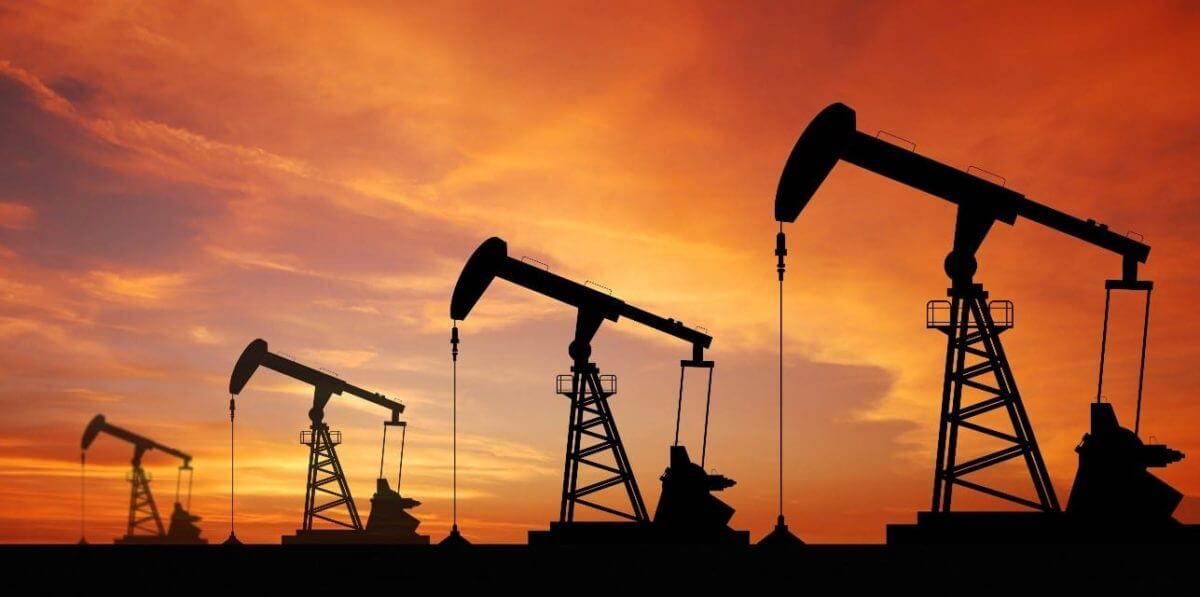
Oil Prices Higher in 2022
Long-suffering Americans suffering from out-of-control inflation are finally getting some relief. Gas prices have begun to fall, with the national average falling to a 10-week low of $3.28 per gallon. Fuel prices began to level off after President Joe Biden announced the largest-ever release from the Strategic Petroleum Reserve on November 23. Many people have blamed the Biden administration for high gas prices. However, the real culprit is on Wall Street rather than Pennsylvania Avenue.
As a result, investment in new wells has fallen by 60% since its peak in 2014. U.S. crude oil production fell by more than 3 million barrels per day or nearly 25%, just as the COVID virus hit and then failed to recover with the economy.
No Drilling
With Wall Street breathing down its neck, U.S. shale is running on empty. The U.S. had 5,957 drilled but uncompleted wells in 2021, the lowest since November 2017. At this rate, shale producers will need to dramatically increase the number of new wells drilled to maintain current production levels.
According to the EIA, the sharp decline in DUCs in most major U.S. onshore oil-producing regions reflects more well completions and less new well drilling activity, proof that shale producers have kept their pledge to drill less. Drilling and completion are the two major stages of a horizontally drilled, hydraulically fractured well online. The following step, thriving completion, is typically performed by a separate crew and consists of a casing, cementing, perforating, and hydraulically fracturing the well in preparation for production. In general, the time between drilling and completion is several months, resulting in a large inventory of DUCs that producers can keep as working stock to manage oil production.
Twenty-seven major oil companies tripled capital spending to $294 billion between 2004 and 2014, then cut it to $111 billion last year.
Oil Shortage
Crude consumption expects to rise to 99.53 million barrels per day (BPD), up from 96.2 million BPD this year, falling just short of the 99.55 million barrels consumed daily in 2019. That, of course, is contingent on the world quickly bringing the new Omicron variant of COVID-19 under control.
Higher oil demand will put pressure on both OPEC and the shale industry in the United States to meet demand. But don’t forget that many OPEC countries have already struggled to increase output. The U.S. shale industry has not responded to higher oil prices in the same way it has in the past. Overall U.S. production averaged 11.2 million BPD in 2021. It compared to a record of nearly 13 million BPD in late 2019. In 2022, U.S. production expects to rise by only 700,000 b/d to 11.9 b/d.
Canada, Norway, Guyana, and Brazil may bridge the supply-demand gap. However, several Wall Street analysts believe it will be insufficient, and oil prices will remain high.
Barclays predicts that the WTI contract price will rise from $73 today to an average price of $77 in 2022, selling oil from the Strategic Petroleum Reserve as a non-sustainable way to lower costs. According to Barclays, prices could rise even higher than expected if COVID-19 outbreaks are kept to a minimum. This allows demand to grow faster than expected.
Goldman Sachs agrees, predicting a Brent price of $85 per barrel by 2023, up from the current price of $76.30.
-
Support
-
Platform
-
Spread
-
Trading Instrument




